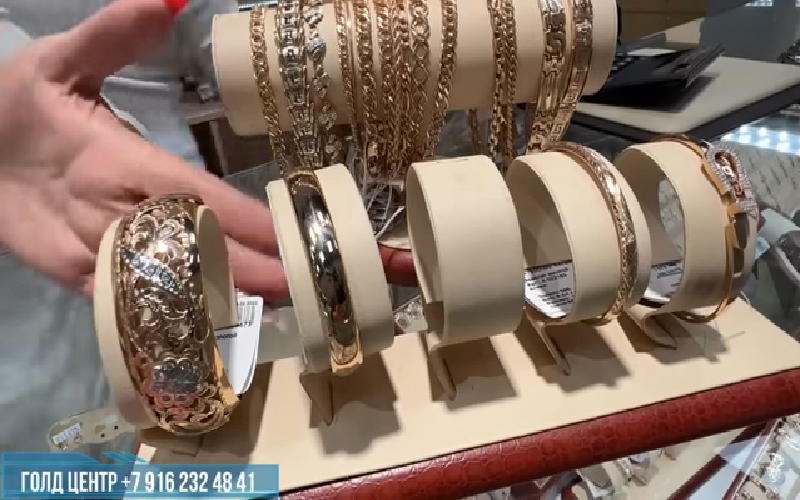Jewelry sellers undergo constant training from jewelry manufacturers. They take care of expensive accessories in stores, go through many practices and are fully responsible for the safety of the appearance of all jewelry. That is why, these people know even a little more about precious metals, precious stones and artificial minerals than very good jewelers.
It is quite natural that one of the first who began to use chalk, starch and even foil for their jewelry made of precious metals were precisely the sellers of jewelry, who receive information from real professionals and personal experience.
For example, they advise using chalk due to its unique ability to quickly absorb hydrogen sulfide. Aluminum foil due to its ability to displace silver from sulfide and starch. Starch completely occupied a separate niche in the box of tools for caring for special jewelry.
Jewelry sellers know that it is with the help of these ingredients that many jewelry items can be brought back to life.
A piece of chalk in a box with silver and gilding decorations. A piece of chalk in a box with silver and gilding decorations.
Chalk, for example, should be placed in a box with silver. It easily fights hydrogen sulfide, which darkens the precious metal. Therefore, even one small piece of chalk in a box with silver jewelry will keep their shine and brightness for a longer amount of time.
Reaction between silver and aluminum foil. Reaction between silver and aluminum foil.
Aluminum foil, according to many consultants, is one of the best tools for cleaning darkened silver in hard-to-reach places. If you put the foil in a container with silver and pour hot water with soda and salt, then a very sharp chemical reaction will occur, due to which all dark oxidation on silver will dissolve.
It works as follows. When silver and foil come into contact, a reaction occurs and a current is formed between the metals. Aluminum oxidizes and during the reaction displaces silver from its sulfide compound. Because of this, the sulfide (the blackened coating on the silver) breaks down and the silver self-cleanses. Soda in this process serves to remove aluminum hydroxide and without it, the electrochemical reaction will not start. In this case, salt in a solution of water acts only as an electrical conductor.
Regarding starch, it is necessary for special cases when it comes to jewelry with real sea or cultured pearls.
As we know, pearls are very sensitive to aggressive acids, high temperatures, perfumes and many other products that contain solvents. It cannot be cleaned with synthetic wipes, vinegar, ammonia and even soda. At the same time, pearls fade over time, become dirty and require timely cleaning, which can be safely carried out with the help of potato or corn starch.
Starch is thickly applied to microfiber and pearls are wrapped in it. Next, carefully wipe the pearls and wash off the remnants of warm, not hot water. Wipe the decoration again with dry microfiber. If you want to restore the shine of pearls, then they are also rubbed generously with olive oil.
Why you shouldn’t put Soviet gold in the same box with modern jewelry.

